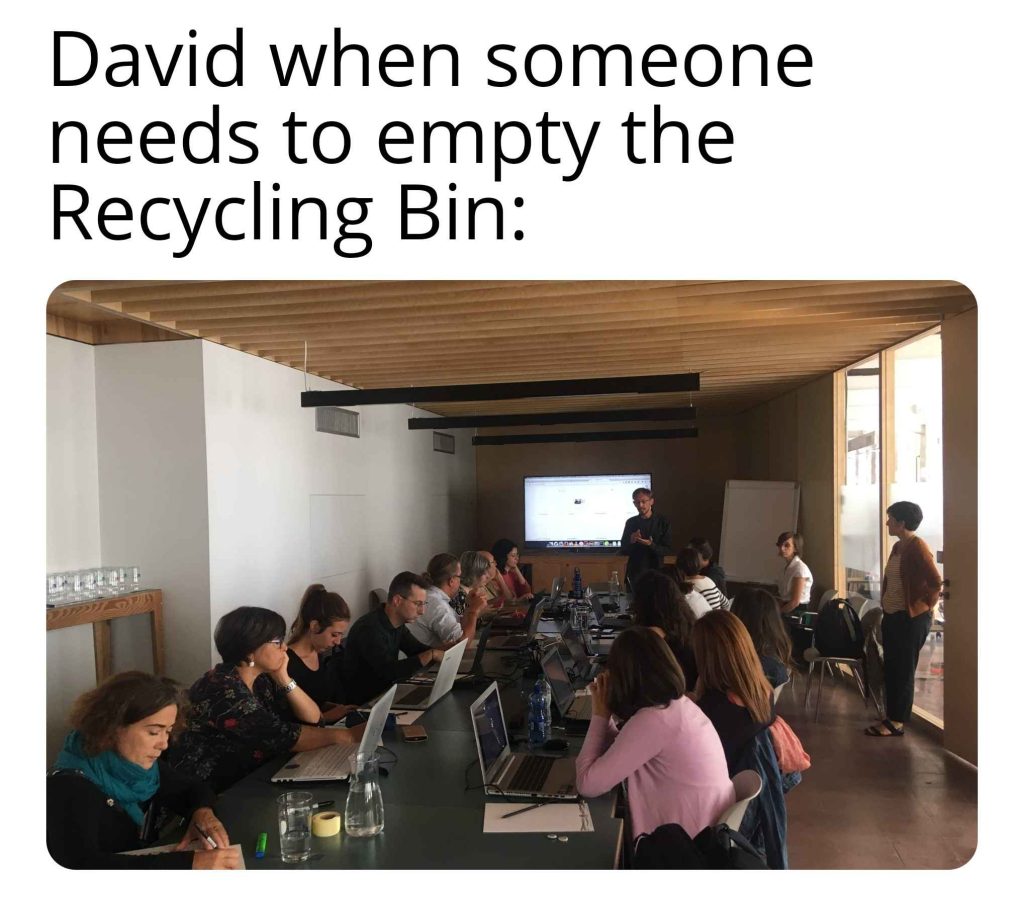Introduction
In an increasingly digital world, ransomware has emerged as one of the most disruptive and costly forms of cybercrime. Rather than exploiting flaws in software or infrastructure, many modern ransomware campaigns succeed by targeting the human element by manipulating users into unintentionally running malicious code on their systems. This method, known as social engineering, exploits psychological and social vulnerabilities in people to bypass technical defenses. In the article “Social Engineering as an Attack Vector for Ransomware”, Gallegos-Segovia and their colleagues investigate how ransomware uses these tactics to infiltrate networks and hold data hostage. This paper aims to analyze the study’s design, findings, and broader social relevance, while examining how it intersects with social science, research methodology, and societal impact.
Social Science Connection
Social engineering, as examined in this study, is rooted in the principles of social science, particularly social psychology. It relies on manipulating human behavior rather than exploiting technical system vulnerabilities. As described in the article, “social engineering consists of a set of psychological techniques and social skills, based on influence, persuasion and suggestion, which lead the user to reveal personal/business information, or to perform actions that allow an attacker to get network access” (Gallegos-Segovia et al., 2017). Techniques, such as establishing trust, inducing fear, or appealing to authority, align with documented psychological concepts like compliance, influence, and cognitive bias. The study highlights how attackers use empathy, perceived authority, or incentives to persuade users into opening malicious files. This human-centered attack vector emphasizes the role of individual decision-making, perception, and vulnerability to be successful. Understanding how and why people fall victim to phishing schemes and social engineering is essential for developing mitigation methodologies, emphasizing the relationship between cybersecurity and behavioral research.
Research Design and Methodology
The study explored the effectiveness of social engineering in delivering ransomware by performing a field experiment which included a simulated attack within a real organizational setting. Although the authors do not declare a formal hypothesis in the article, the research question can be inferred to be if whether human behavior can be manipulated to compromise an otherwise secure network. To examine this, two types of phishing emails were designed, with one being framed as a financial incentive and the other as a policy-based threat. The emails were sent to 150 employees of the company. A tool called RanSim was used to simulate a ransomware infection in a safe, legal, and non-destructive way. The author explains RanSim “allows to simulate an ransomware attack and generate a set of statistics of the files that can be infected and of the families to which they are vulnerable” (Gallegos-Segovia et al., 2017). This allowed them to monitor user responses and system vulnerability without causing actual data loss, making the method both ethical and informative without the risk of a real attack. The methodology blends behavioral testing with technical risk assessment, providing insight into how malware can spread through social manipulation rather than traditional hacking methods.
Results and Effectiveness
The simulation revealed how effective social engineering can be in initiating ransomware attacks. Of the 150 participants, “85% opened the mail and downloaded the infected file, 10% did not check their mail, and 5% asked to the systems department about the credibility of the situation” (Gallegos-Segovia et al., 2017), demonstrating that even a network with strong technical safeguards remains highly vulnerable to human error. The attack that mimicked a reward-based incentive was more successful than the intimidation-based one, likely because it appealed to positive emotion and trust. These results align with key ideas from the social study of victimization, which examines how individuals or groups could become targets based on their social or situational vulnerabilities. While the study does not directly address marginalized groups, its implications are relevant as individuals with lower levels of digital literacy or limited access to cybersecurity education may be even more susceptible to these types of attacks. This highlights a digital divide in security awareness and underlines the importance of inclusive, accessible cybersecurity awareness training across all populations.
Societal Contributions and Conclusion
This study offers important contributions to both cybersecurity practice and public awareness. By demonstrating how easy ransomware can bypass technical defenses through user manipulation, it underscores the critical need for human-centered security strategies. The researchers emphasize education as the most effective mitigation, arguing that informed users are the strongest defense against social engineering, stating “we must focus our efforts on strengthening the knowledge of potential victims, minimizing the human factor” (Gallegos-Segovia et al., 2017). The article also brings awareness to emerging threats such as Ransomware-as-a-Service, which lowers the barrier for cyber criminals by making attack tools widely accessible. This trend increases the urgency for organizations to develop proactive security measures to mitigate these threats. The study highlights that cybersecurity is not just a technical challenge, but a social one, requiring an interdisciplinary approach that combines technology, psychology, and education to protect individuals and society.
References
Gallegos-Segovia, P. L., Bravo-Torres, J. F., Larios-Rosillo, V. M., Vintimilla-Tapia, P. E., Yuquilima-Albarado, I. F., & Jara-Saltos, J. D. (2017). Social engineering as an attack vector for ransomware. 2017 CHILEAN Conference on Electrical, Electronics Engineering, Information and Communication Technologies (CHILECON), 1–6. https://www.researchgate.net/profile/Paul-Vintimilla-Tapia-2/publication/322219046_Social_engineering_as_an_attack_vector_for_ransomware/links/5ee90ba5299bf1faac5c6491/Social-engineering-as-an-attack-vector-for-ransomware.pdf

